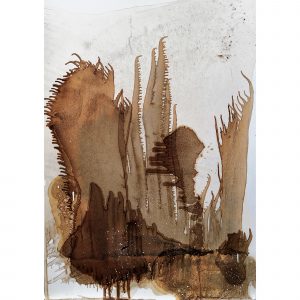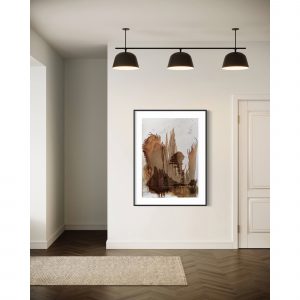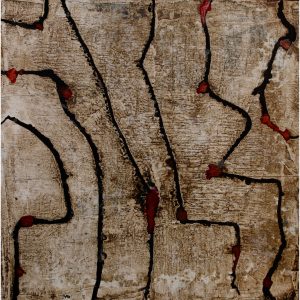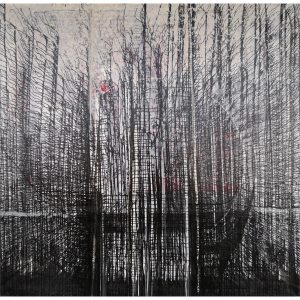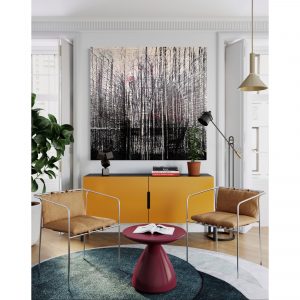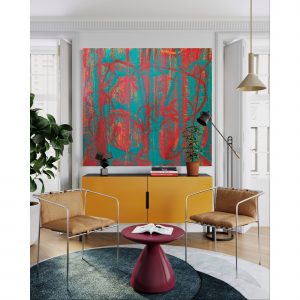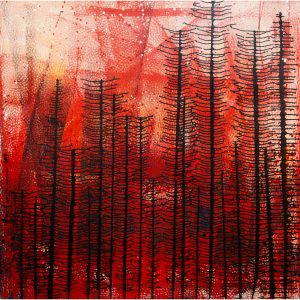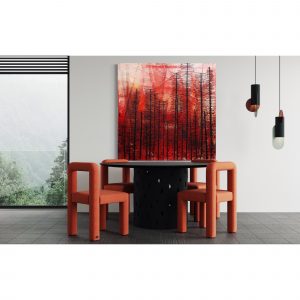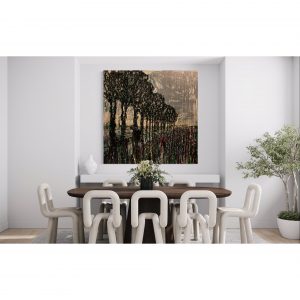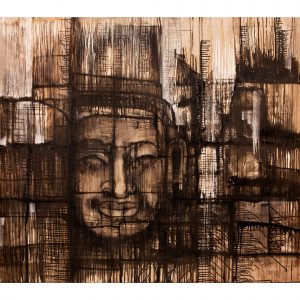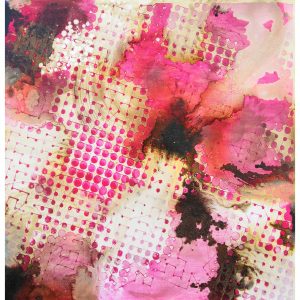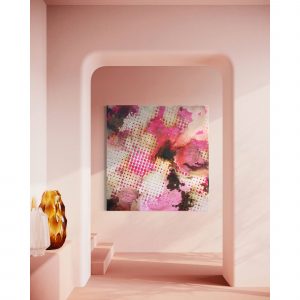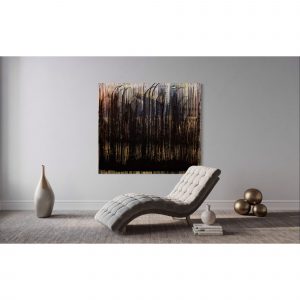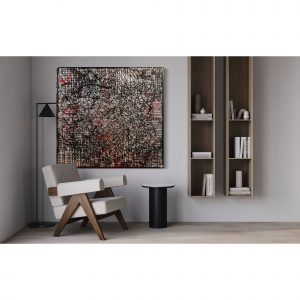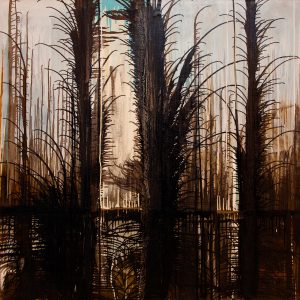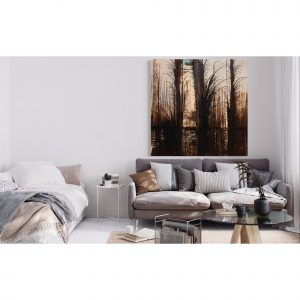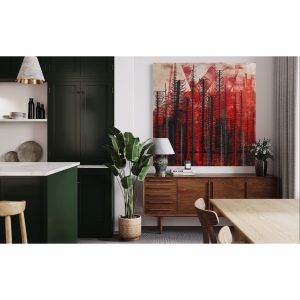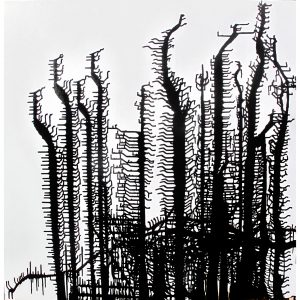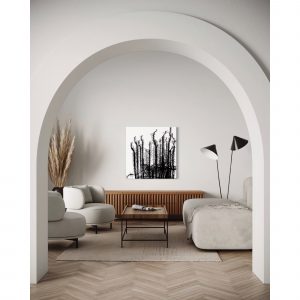Tigran Malkhasyan
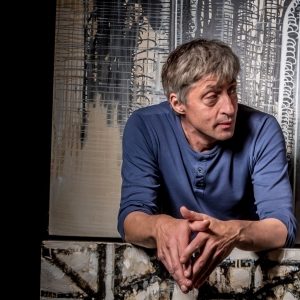
Exhibitions
Selected Solo Exhibitions:
2018 – Art Gallery Le Garage, Antibes, France
2007 – Tigran Malkhasyan: Urban environment. Gallery «Atelier No. 2» of the Center for Contemporary Art «Winzavod», Moscow
2006 – Tigran Malkhasyan: Transformation of form. Gallery «Atelier No. 2» of the Center for Contemporary Art «Winzavod», Moscow
1998 – Gallery Old House, St. Petersburg
1995 – House of Russian-German Friendship, Hamburg,
Germany
Selected Group Exhibitions:
2022 – Les Voiles d'Antibes. Antibes, France
2020 – Antibes Art Fair. Antibes, France
2018 – SCOPE Miami Beach,Miami, USA
2018 – Antibes Art Fair. Antibes, France
2017 – Structures. Russian Museum, St. Petersburg
2013 – Born to Fly and Crawl. Russian Museum, St. Petersburg
2008 – RIGroup Design Show. Moscow
2006 – 1st Petersburg Biennale of Contemporary Art. St. Petersburg
2006 – Art–Manege 2006. Moscow, Russia
1997 – Artists from Saint Petersburg in Italy. San Benedetto del Toronto, Italy
1994 – All Petersburg. Central Exhibition Hall «Manege», St. Petersburg
1989 – Aarhus Art Museum, Aarhus, Denmark
Tigran Malkhasyan (born in Yerevan, Armenia, 1964). Lives and works in Nice, France.
Has a higher education in physics and technology. Studied radio electronics, non-destructive optical testing and laser technology.
Since 1986 works as a freelance artist.
Selected Collections:
National Gallery of Armenia, Erevan, Armenia
Elysee Palace, Madame Macron collection Paris, France
Raivis Zabis – RZ Collection, Riga, Latvia
Rene Guerra, Nice, France
Russian Museum, St. Petersburg
Moscow Museum of Modern Art (MMOMA), Moscow
Museum of Contemporary Art ARTMUZA, St. Petersburg
«…At first glance, his works represent a traditional abstraction - spots, blots, streaks. The point, however, is that the author consistently removes himself, the artist, from the creative process. He does not send his personal message, does not express his emotions - he pours paint and allows natural forces to act: centripetal and centrifugal, gravity and surface tension, diffusion and repulsion. This is exactly how it happened during the creation of the world - lava flowed, waves ran, precipitation fell, stalactites grew, whirlpools swirled, protoplasm clumped into slimy lumps ...
These streaks and blots are not as chaotic as they might seem - the author introduces patterns into the movement of colorful masses , but not with a brush, palette knife, sprayer or other usual artistic tool - he uses natural forces: either he pours paint in puddles, then he allows it to flow freely, or he makes the robot rotate the canvas - in different directions, at different speeds, in a changing rhythm. The streaks of paint are crushed, branched, twisted, spreading streams form the likeness of fractals. For Malkhasyan, an admirer of the great mathematician Benoit Mandelbrot, these picturesque analogues of natural fractals are very important. In the streaks, spots, and swirls of paint in the paintings, either the structures of crystals, or the clusters of cells visible on a microscope slide, or the stalactites that filled the space of the cave, or the traces left by the wave on the sand, are modeled. As well as shoots of primitive plants, fragments of shells and skeletons, clusters of clouds, knots of blood vessels...
In fact, Tigran models the processes of creation, and with the curiosity of the creator, he looks to see if it will turn out well. Or, to put it more modestly, his canvases are a kind of alchemist's cauldron, where, on a whim, reagents are laid, over which the artist conjures by trial and error - in the hope of turning dust and ashes into unfading gold».
-


Tigran Malkhasyan
Autumns Earthly Embrace
Dimensions (original): 100 x 70 cm
950 €Print size: 100x70 cm
250 € -


Tigran Malkhasyan
Concretion
Dimensions (original): 150 x 150 cm
6,200 €Print size: 100x100 cm
250 € -


Tigran Malkhasyan
Flight of the Bumblebee
Dimensions (original): 160 x 160 cm
6,000 €Print size: 100x100 cm
250 € -


Tigran Malkhasyan
Metropolis in Flux
Dimensions (original): 160 x 160 cm
6,200 €Print size: 100x100 cm
250 € -


Tigran Malkhasyan
Symphony of Chromatic Serenity
Dimensions (original): 160 x 180 cm
5,600 €Print size: 90x100 cm
250 € -


Tigran Malkhasyan
Fractal #111
Dimensions (original): 150 x 150 cm
7,350 €Print size: 100x100 cm
250 € -


Tigran Malkhasyan
Triptych
Dimensions (original): 100 x 530 cm
7,800 €Print size: 20x100 cm
250 € -


Tigran Malkhasyan
landscape
Dimensions (original): 150 x 150 cm
5,500 €Print size: 100x100 cm
250 € -


Tigran Malkhasyan
Buddha
Dimensions (original): 155 x 175 cm
6,300 €Print size: 90x100 cm
250 € -


Tigran Malkhasyan
Near Space
Dimensions (original): 150 x 150 cm
4,800 €Print size: 100x100 cm
250 € -


Tigran Malkhasyan
Fractal #256
Dimensions (original): 160 x 180 cm
5,850 €Print size: 90x100 cm
250 € -


Tigran Malkhasyan
Fractal #237
Dimensions (original): 150 x 150 cm
6,150 €Print size: 100x100 cm
250 € -


Tigran Malkhasyan
Fractal #149
Dimensions (original): 160 x 160 cm
5,850 €Print size: 100x100 cm
250 € -


Tigran Malkhasyan
Fractal #122
Dimensions (original): 150 x 150 cm
7,500 €Print size: 100x100 cm
250 € -


Tigran Malkhasyan
Whispers of Time
Dimensions (original): 100 x 100 cm
2,500 €Print size: 100x100 cm
250 €
